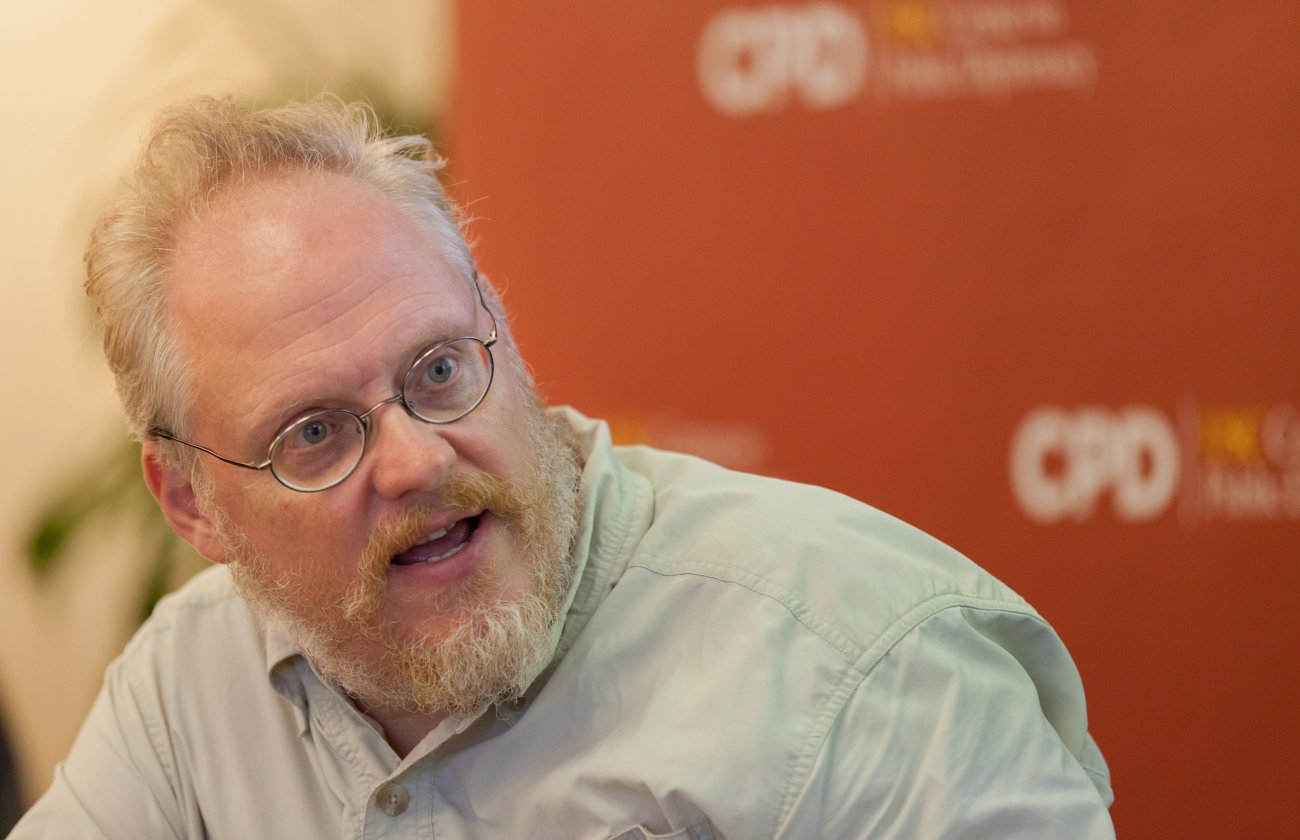A new study released by USC Annenberg researchers Stacy Smith and Marc Choueiti shows that Hollywood continues to be a difficult place for women to find on- and off-screen role models, and provides some grim details about society’s sexualization of teenaged girls.
In a survey of the top 100 grossing movies from 2008, Smith and her research team found that 39.8% of female teen characters were seen in sexy clothing, and 30.1% were shown with exposed skin in the cleavage, midriff or upper thigh regions. For male teen characters, the numbers were drastically lower – 6.7% shown in sexy clothing and 10.3% showing skin.
In addition to the figures shown on screen, the researchers found that conditions for women behind the camera are similarly troubling. For every woman that directed, wrote or produced a movie in 2008, there were nearly five men chosen for the same creative positions.
“These findings are troubling given that repeated exposure to thin and sexy characters may contribute to negative effects in some female viewers,” Smith said. “Such portrayals solidify patterns of lookism in the entertainment industry.”
Hollywood’s emphasis on sexualizing its women continues, the study found. Across four out of six measures of sexuality – from wearing sexy clothing to being referenced as attractive – female characters were much more likely than their male counterparts to be portrayed with objectifying attributes. Nearly one quarter of female characters were shown exposing skin in 2008’s most popular movies.
The researchers found some evidence that movies with women in creative production roles may give female actors more chances for work. In movies with at least one female director, 44.4% of speaking characters were females as well, compared to 31.7% in all-male-directed films. A similar gender boost was observed in movies written by women.
This year’s study follows a similar analysis of movies released in 2007, and reveals some trends. There was a substantial increase in movies with at least one woman director, with 8% of 2008 films helmed by women (compared to only 2.7% in 2007). The proportion of female speaking characters in stories released by Hollywood studios also increased, climbing to 32.8% from 29.9%.
While this ratio represents the slimmest the gender gap has been across multiple studies conducted by the research group, which included more than 60 undergraduate research assistants, the report points out that females still have a long way to go. In 2008, there were twice as many men in speaking roles than women.
“Females are still being marginalized and sexualized in popular film,” Smith said. “While the higher percentage of females on screen in this sample of movies is a step in the right direction, gender equality for female actors and those working behind the camera is still nowhere in sight.”
What do you think? Join the conversation on our Facebook page.









